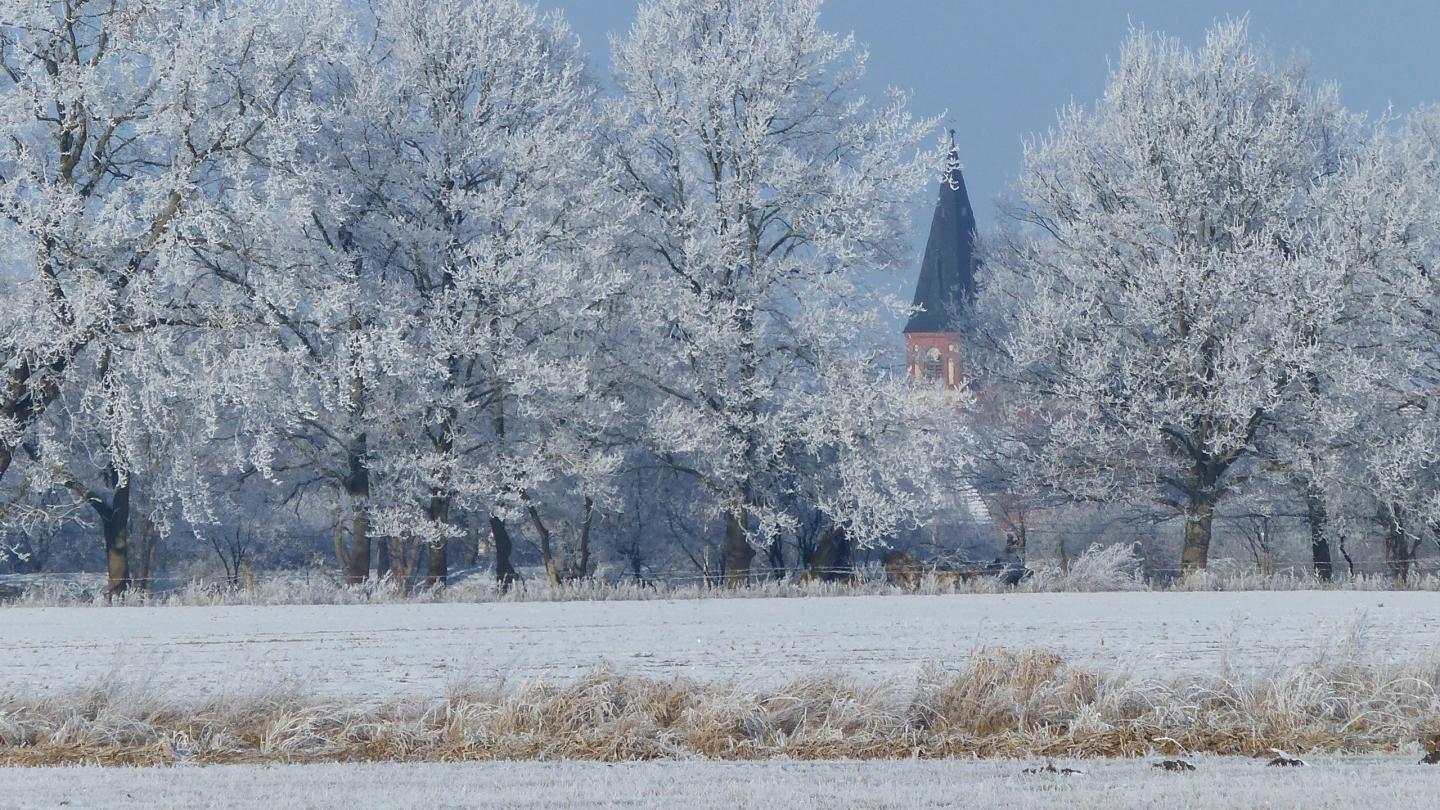Geographic Citizen Science Design: No One Left Behind

Anfang Februar 2021 ist das Open-Access-Buch bei UCL press erschienen. Herausgeber sind Artemis Skarlatidou und Muki Haklay. Das Buch stellt insgesamt 17 Beiträge in drei Teilen vor: Nach einer Einführung in theoretische und methodische Grundlagen werden verschiedene Fallstudien aus urbanen und nicht-urbanen Kontexten des globalen Nordens und Südens vorgestellt, die Bezüge zu den Bereichen Anthropologie, Geografie, Geomatik sowie Mensch-Computer-Interaktion herstellen.
Das Open-Access-PDF ist kostenlos erhältlich. Sie können 20% auf gedruckte Exemplare sparen, wenn Sie den Code UCL21MC23L bei Ihrer Bestellung verwenden (Code gilt bis 30. September 2021).
Inhalt:
Introduction
Geographic citizen science design: no one left behind
Artemis Skarlatidou and Muki Haklay
Part I: Theoretical and methodological principles
1. Geographic citizen science: an overview
Muki Haklay
2. Design and development of geographic citizen science: technological perspectives and considerations
Vyron Antoniou and Chryssy Potsiou
3. Design approaches and human–computer interaction methods to support user involvement in citizen science
Artemis Skarlatidou and Carol Iglesias
4. Methods in anthropology to support the design and implementation of geographic citizen science
Raffaella Fryer-Moreira and Jerome Lewis
Part II: Interacting with geographic citizen science in the Global North
5. Geographic expertise and citizen science: planning and co-design implications
Robert Feick and Colin Robertson
6. Citizen science mobile apps for soundscape research and public space studies: lessons from the Hush City project
Antonella Radicchi
7. Using mixed methods to enhance user experience: developing Global Forest Watch
Jamie Gibson
8. Path of least resistance: using geo-games and crowdsourced data to map cycling frictions
Diego Pajarito, Suzanne Maas, Maria Attard and Michael Gould
9. Geographic citizen science in citizen–government communication and collaboration: lessons learned from the ImproveMyCity application Ioannis Tsampoulatidis, Spiros Nikolopoulos, Ioannis Kompatsiaris and Nicos Komninos
Part III: Geographic citizen science with indigenous communities
10. Developing a referrals management tool with First Nations in Northern Canada: an iterative programming approach
Jon Corbett and Aaron Derrickson
11. Lessons from recording Traditional Ecological Knowledge in the Congo Basin
Michalis Vitos
12. Co-designing extreme citizen science projects in Cameroon: biodiversity conservation led by local values and indigenous knowledge
Simon Hoyte
13. Community monitoring of illegal logging and forest resources using smartphones and the Prey Lang application in Cambodia
Ida Theilade, Søren Brofeldt, Turreira-García and Dimitrios Argyriou
14. Representing a fish for fishers: geographic citizen science in the Pantanal wetland, Brazil
Rafael Chiaravalloti
15. Digital technology in the jungle: a case study from the Brazilian Amazon
Carolina Comandulli
16. Community mapping as a means and an end: how mapping helped Peruvian students explore gender equality
Peter Ward and Rebecca Firth
Synthesis and Epilogue Geographic citizen science design: No one left behind – an overview and synthesis of methodological, technological and interaction design recommendations
Artemis Skarlatidou and Muki Haklay

